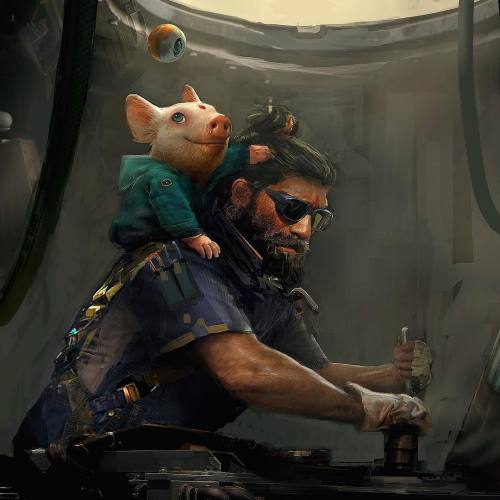#video game design
“I went to school for game design! I am highly qualified to talk about any game out there!”
I bet you don’t even know how big an 8 year old’s hands are.
You cannot meaningfully understand a great deal of Nintendo’s game development decisions without understanding how a child holds and uses a modern game controller. People love to critique game companies like Nintendo, especially core gamers and educated developers, as if they are some authority on game design but in twenty years I have never seen this type of individual talk about how Nintendo’s game design is constrained by the size of a child’s hands.
So…how big are they?
Big enough to use a dpad on the playstation controller but not large enough to use the analog stick comfortably. The opposite is true on the xbox controller. The shape of the joycon is designed for easy access for small hands for both.
Still, the kid’s thumb will have difficulty reaching both so rapid switches are not possible. On the left hand of the switch the stick is above and the dpad below, and the opposite is true on the right. This is a direct consequence of how a kid might use the controller. In most games the left hand controls movement - meaning an analog stick - and the right hand controls discreet inputs - meaning the dpad/button diamond.
Children’s also struggle to reach shoulder buttons and have lower grip width, so the natural gamer grip in which two fingers are resting on the shoulder buttons does not work at all for children. They usually have to use all four fingers to hold up a heavy device. The shoulder buttons go from being the most easily accessed buttons on the controller to the most difficult.
A child’s grip strength is lower, and thus so is their ability to hold a heavy controller comfortably, especially one not designed for their hand size. A single joycon in sideways mode, often used in child’s party games on the switch, is a far better controller size for a child while it is uncomfortably cramped for an adult.
It is not a coincidence that the Switch, which is marketed as a family console, comes prepacked with the controllers that are kid friendly and adult friendly controllers are a secondary purchase.
There are more things you can point out, but in a practical sense you can see these design principles applied by comparing something like Kirby vs Metroid Dread.
Kirby is almost entirely controlled through the face buttons, with only the rarely used defense button mapped to the shoulder buttons, and you can really get by with never using it. The triggers are not used at all. You rarely have to combination press anything. If my memory is correct, the shoulder buttons are never used for any temporary transformation abilities. The difficulty of using new abilities should not be compounded by hard to reach buttons.
Dread on the other hand uses combination presses a lot and ties three critical abilities (free aim, missile use, and sliding) to the shoulder buttons. The omega cannon, a rarely used but critical and time sensitive ability, is tied to the shoulder buttons for the easiest and most intuitive possible use. The stress of defeating an emmi should not be compounded by fumbling with controls.
Smash Bros in particular is pretty cool in how its control scheme is set up. The most basic functions that a child might use are very simply mapped to the single stick and face buttons. As you learn to play better and try more advanced techniques (like an adult might) like timed grabs, dodging, and shield use you move away from the face buttons, incorporating more and more use of the shoulder buttons. It splits the difference for the best of both worlds. You can trace the principles of this design all the way back to the N64 and I would not be surprised to learn that the in game mechanics were built specifically to compliment this novice to expert transitional design, which is what makes smash bros so friendly to novice and expert gamers alike.
#i have smallish hands for an adult#and arthritis#so this is relevant to me too#something to consider
This is an excellent point as well, something I wasn’t going to get into but so much of game design just ignores accessibility issues like this all together. So many of the basic assumptions of game design from input device to button mapping to in game accessibility features are built around the assumption of fully abled adult between late teenager and middle age.






